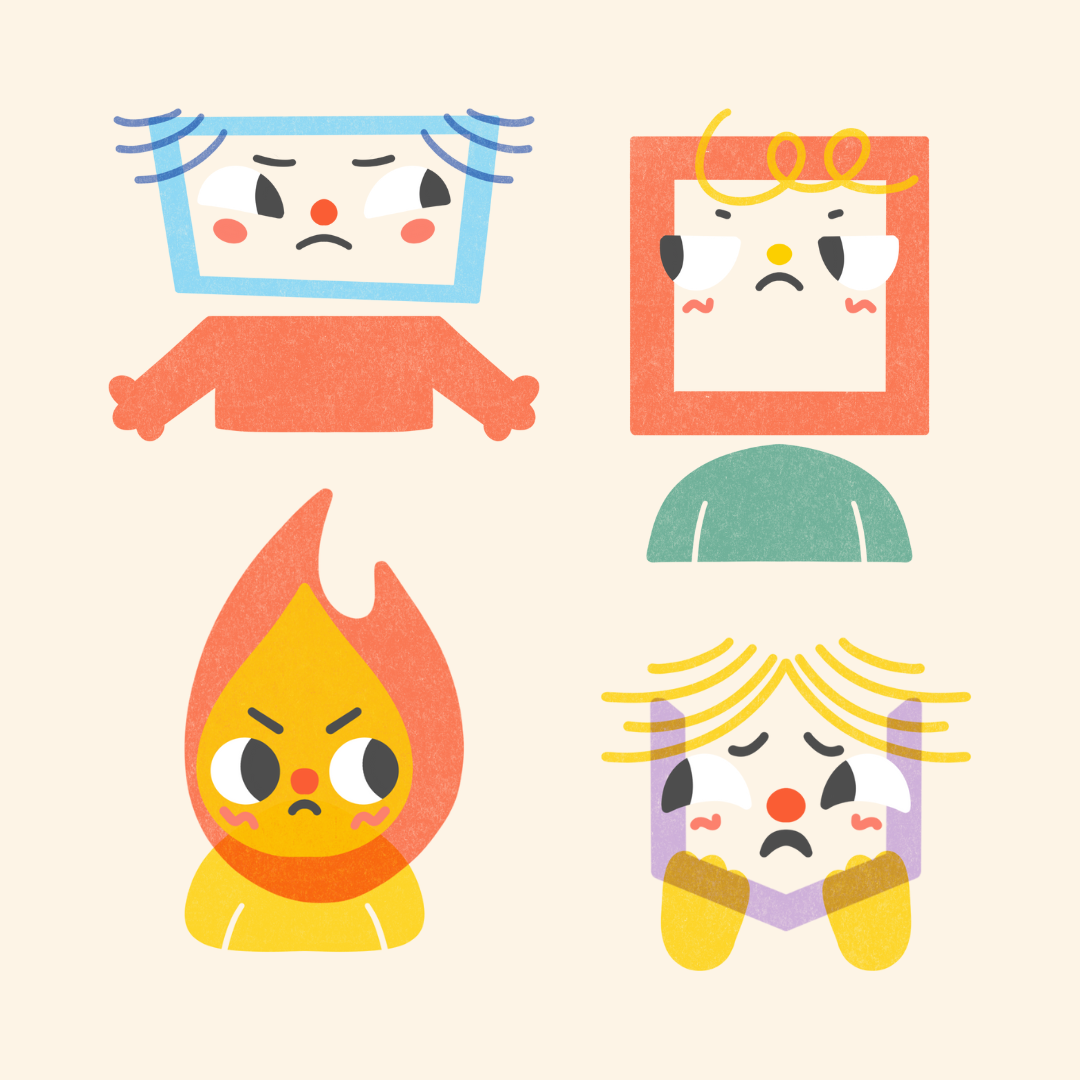
Therapy for Children in Sligo
Healing Through Play

What is Play Therapy & how can it help?
Play Therapy is recognised as one of the most effective therapies for children. A therapeutic treatment approach specifically developed to help children between the ages of four to twelve years old.
A skilled Play Therapist, is especially trained to work with a child one to one to explore problems through the therapeutic use of play. The playroom, is equipped with specially chosen toys and creative materials. This is to encourage the safe expression of feelings.
In the presence of the experienced Play Therapist, children play out their worries and fears. Expressing feelings as they play leads the child to an understanding of them. This helps to decrease the intensity of those feelings. Old behaviours that previously caused problems for children will often change to more positive and adaptive behaviours.

-

Emotional Regulation:
Teaches coping strategies and emotional literacy to help children understand and manage their feelings more effectively
-

Behavioural Issues:
Addresses problem behaviours such as aggression, anger management issues, and difficulties in school settings.
-

Anxiety & low mood:
Helps children articulate feelings of anxiety or sadness that they may struggle to express verbally.
-

Loss and Grief:
Helps children navigate feelings associated with loss or bereavement, offering them tools to cope with their emotions.

-

Social Skills Development:
Enhances interpersonal skills by providing opportunities for children to practice relationships in a controlled setting.
-

Family Dynamics:
Supports children dealing with family changes such as divorce, separation, or the death of a loved one.
-

Trauma and Abuse:
Assists children who have experienced physical, emotional, or sexual abuse, helping them process their trauma in a safe environment.
-

Bullying:
Provides a platform for children to express experiences related to bullying—both as victims and perpetrators—allowing them to explore these dynamics through role play.

